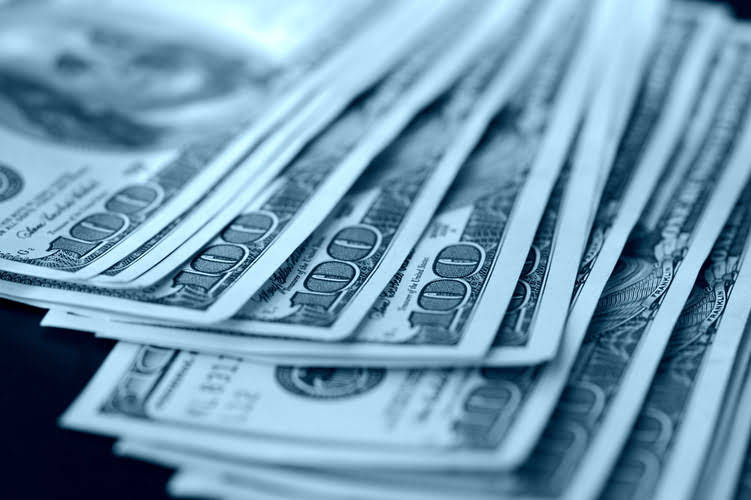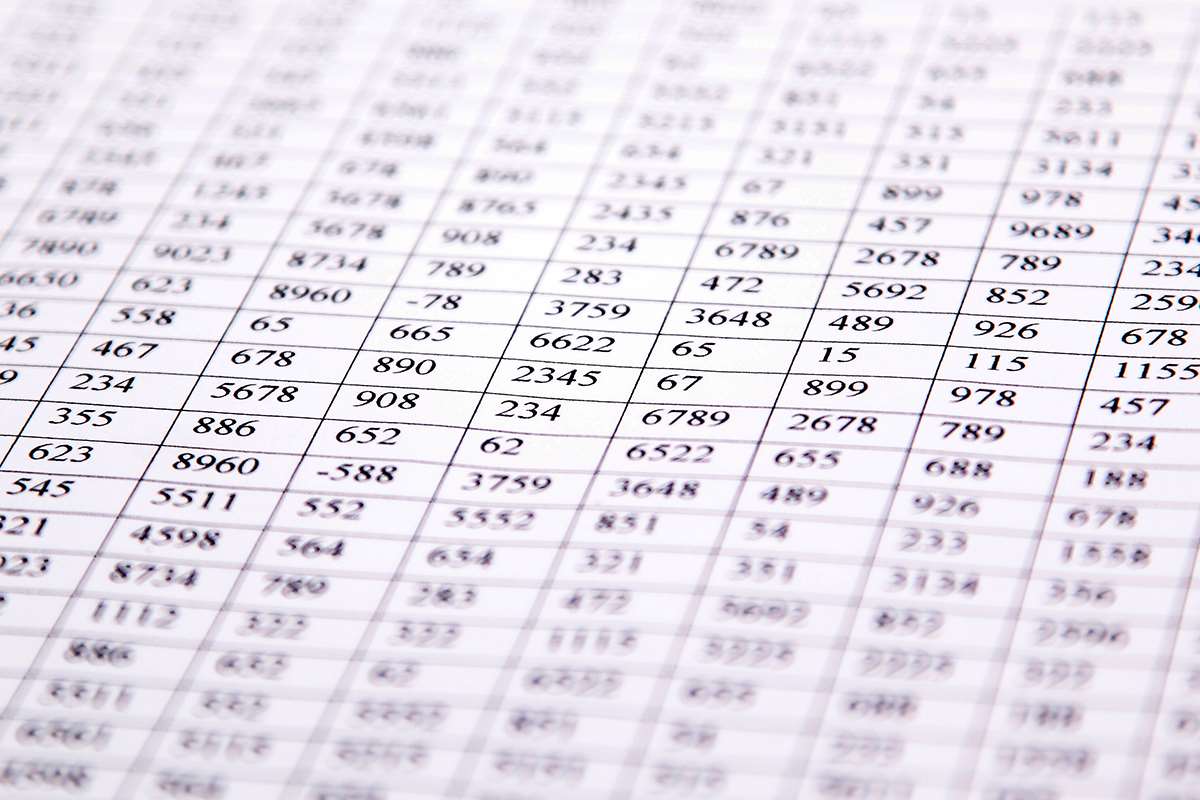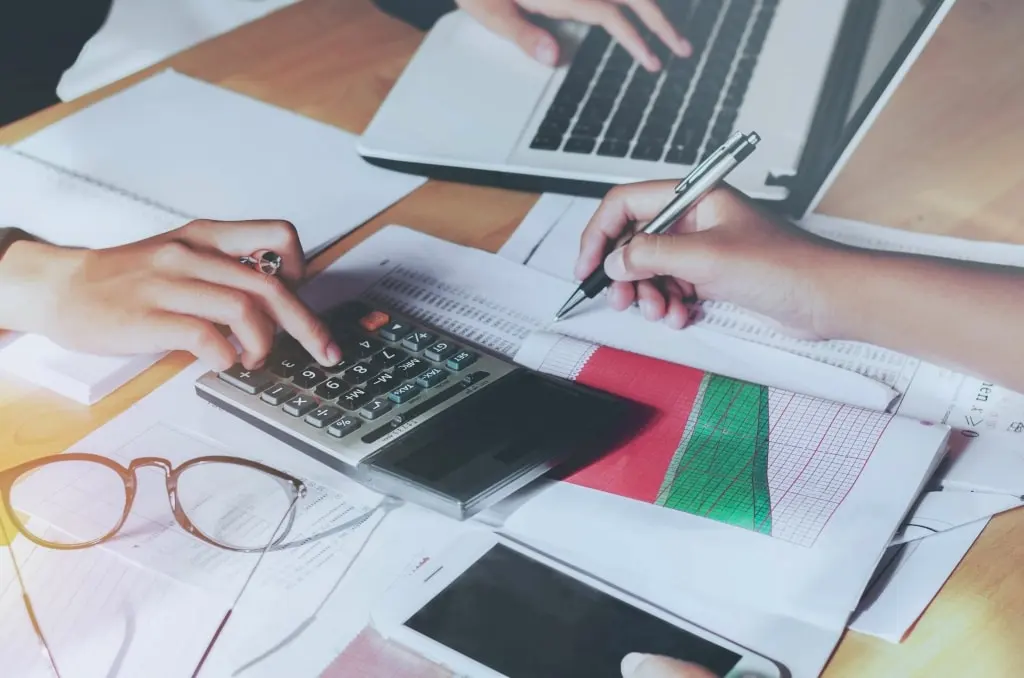Double Declining Balance Method Formula How to Calculate

The book value of $64,000 multiplied by 20% is $12,800 of depreciation expense for Year 3. Business owners do not want to worry about depreciation schedules and various depreciation methods. Consider a widget manufacturer that purchases a $200,000 packaging machine with an estimated salvage value of $25,000 and a useful life of five years. Under the DDB depreciation method, the equipment loses $80,000 in value during its first year of use, $48,000 in the second and so on until it reaches its salvage price of $25,000 in year five.

How the Double Declining Balance Depreciation Method Works
By applying the DDB depreciation method, you can depreciate these assets faster, capturing tax benefits more quickly and reducing your tax liability in the first few years after purchasing them. An asset’s estimated useful life is a key factor in determining its depreciation schedule. In the DDB method, the shorter the useful life, the more rapidly the asset depreciates. It’s important to accurately estimate the useful life to ensure proper financial reporting.
Comparison with Other Depreciation Methods
Among various methods to calculate depreciation, the Double Declining Balance (DDB) method stands out due to its accelerated approach. This article delves into the DDB depreciation formula, its calculation, advantages, disadvantages, and practical applications. Of course, the pace at which the depreciation expense is recognized under accelerated depreciation methods declines over time. N the company’s financial statements, the depreciation expense for each year is typically recorded under the “Expenses” section of the income statement. The annual depreciation expense calculated using the Double Declining Balance Method would be included in this amount. Please note that the depreciation expense cannot exceed the asset’s book value or reduce it below the salvage value.
- Among the various methods of calculating depreciation, the Double Declining Balance (DDB) method stands out for its unique approach.
- Companies can create a depreciation charge under this method by following several steps.
- Usually, it also requires a percentage, which dictates how much the depreciation will be.
- IRS Publication 946 goes into great detail as to the various ways to handle this situation.
Example with Detailed Calculation

DDB is best used for assets that lose value quickly and generate more revenue in their early years, such as vehicles, computers, and technology equipment. This method aligns depreciation expense with the asset’s higher productivity and faster obsolescence in the initial period. Depreciation is the process of allocating the cost of a tangible asset over its useful life. It reflects the asset’s reduction in value due to wear and tear, obsolescence, or age. Depreciation helps businesses match expenses with revenues generated by the asset, ensuring accurate financial reporting.

How to calculate Double Declining Balance Method depreciation
Since we already have an ending book value, let’s squeeze in the 2026 depreciation expense by deducting $1,250 from $1,620. The current year depreciation is the portion of a fixed asset’s cost that we deduct against current year profit and double declining depreciation loss. The accounting concept behind depreciation is that an asset produces revenue over an estimated number of years; therefore, the cost of the asset should be deducted over those same estimated years.

Accounting Services
There are several methods to calculate this charge, including the double-declining balance method. Usually, the double-declining balance method involves charging double accounting the depreciation compared to the declining balance method. There are several methods required to calculate this depreciation, as mentioned above. In summary, understanding these advanced topics helps ensure accurate financial reporting and compliance with accounting standards.
First, determine the annual depreciation expense using the straight line method. This is done by subtracting the salvage value from the purchase cost of the asset, then dividing it by the useful life of the asset. Hence, our calculation of the depreciation expense in Year 5 – the final year of our fixed asset’s useful life – differs from the prior periods. First-year depreciation expense is calculated by multiplying the asset’s full cost by the annual rate of depreciation and time factor. Accelerated depreciation techniques charge a higher amount of depreciation in the earlier years of an asset’s life. One way of accelerating the depreciation expense is the double decline depreciation method.
- Next, divide the annual depreciation expense (from Step 1) by the purchase cost of the asset to find the straight line depreciation rate.
- The only difference between a straight-line depreciation and a double declining depreciation is the rate at which the depreciation happens.
- It’s essential for businesses to allocate the cost of tangible assets over their useful lives, ensuring accurate financial reporting and tax compliance.
- This approach ensures that depreciation expense is directly tied to an asset’s production or usage levels.
Middle Years Depreciation

To record the depreciation expense each year for this asset, we enter a journal entry that debits Depreciation Expense $4,000 and credits Accumulated Depreciation $4,000. As you can see in the previous chart, the depreciation expense using the Double-declining method in year four was $864, so we have a winner! In year one, the depreciation expense is twice that of the straight-line method, or 2/5 (40%) of $10,000, which equals $4,000.
We now have the necessary inputs to build our accelerated depreciation schedule. The carrying value of an asset decreases more quickly in its earlier years Partnership Accounting under the straight line depreciation compared to the double-declining method. In the last year of an asset’s useful life, we make the asset’s net book value equal to its salvage or residual value. This is to ensure that we do not depreciate an asset below the amount we can recover by selling it.
